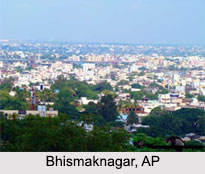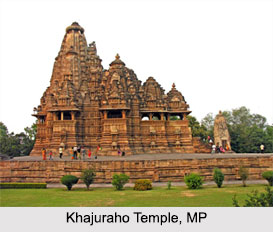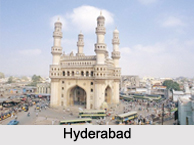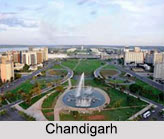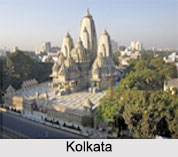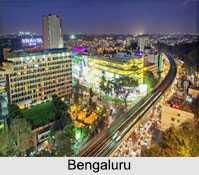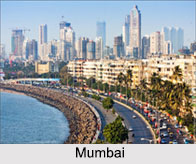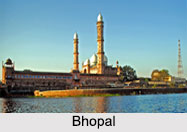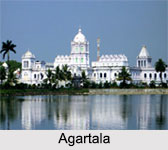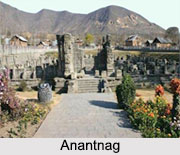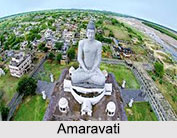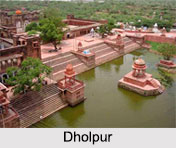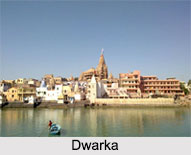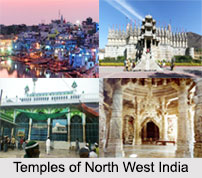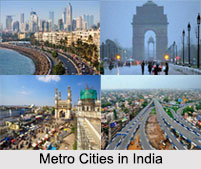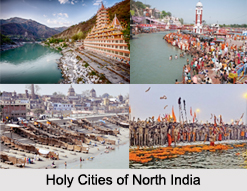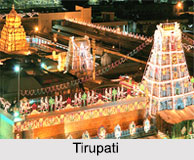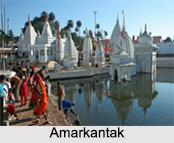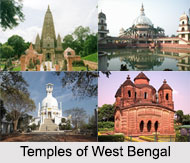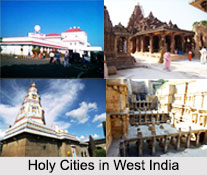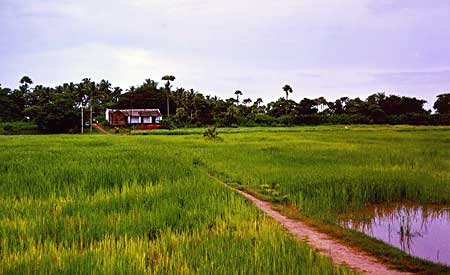 Numerous cities, towns and places have thronged in all the states of Indian subcontinent. Tamil Nadu state too is not an exception. Kaveripakkam is a significant panchayat town located in the district of Vellore of the same state of India. Some of the people also prefer to name Kaveripakkam as Kaveripak. To be specific, Kaveripakkam is on the north banks of the Palar river and is situated forty kilometers from Vellore , ten km `east of Walajapet` and almost thirty km from Kanchipuram.
Numerous cities, towns and places have thronged in all the states of Indian subcontinent. Tamil Nadu state too is not an exception. Kaveripakkam is a significant panchayat town located in the district of Vellore of the same state of India. Some of the people also prefer to name Kaveripakkam as Kaveripak. To be specific, Kaveripakkam is on the north banks of the Palar river and is situated forty kilometers from Vellore , ten km `east of Walajapet` and almost thirty km from Kanchipuram.
No discussion about any Indian town or city gets complete unless and until some points about the demographical scenario gets highlighted. Thus to keep track with the demographical scene of Kaveripakkam, eminent demographers have inducted surveys and researches. A special mentioning is to be done about the census report of India that has been published in the year 2001.
According to the report, the total population of Kaveripakkam showed a count of 12,514. Quite obviously, number of males, females and also children are incorporated in it. Another remarkable thing is that here in Kaveripakkam town , percentage of male and female population is in equal proportion. Also children below six years of age constitutes of 9 percent of the total population of Kaveripakkam. The common sense is that the literacy rate is an important yardstick for measuring the growth of any city or place. In the case of Kaveripakkam town the average literacy rate is 72 percent. Since the average literacy rate of India has been measured to be 59.5 percent, it establishes the fact that the average literacy rate of Kaveripakkam is higher than that of India as a whole. Out of it, rate of male literacy is 79 percent and 64 percent is the rate of female literacy.
Tourists find quite interesting places to visit in Kaveripakkam town. The cherished one is a tourist locale with a beautiful lake which had been constructed by a king of Palalva dynasty. His name was Nandivarman III . At the time of Pallava ruling, this very place got the name of `Kavithapakkam` . That the place in Kaveripakkam is rich in historical findings has also been revealed. Various art works of ancient period viz potteries, products prepared by burning clay etc have been discovered very recently. Now these products find place at Vellore`s Government Museum. For the people of Kaveripakkam, some places in adjoining areas like Puduppadi, Panapakkam and Natteri too are ideal tourists destination. At Sholingur, Narasimha Temple is situated twenty-five kms away from Kaveripakkam. It is a also a place to visit.
Kaveripakkam is well connected with other places by rails and air. It is almost forty kilometers from Vellore. `Sholinghur Railway Station` and `Walajah Road Junction Railway Station` are in close vicinity.
